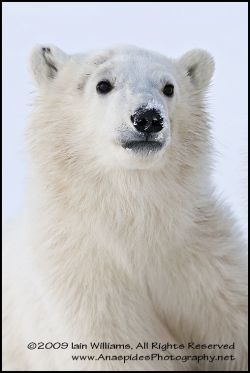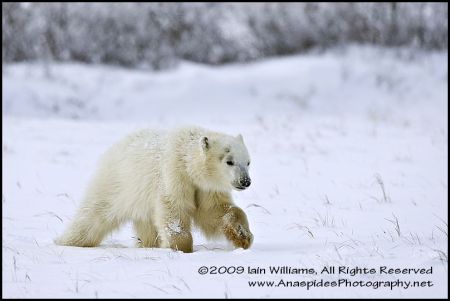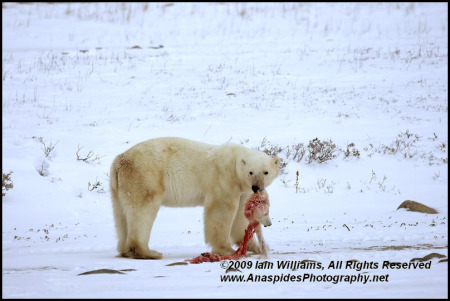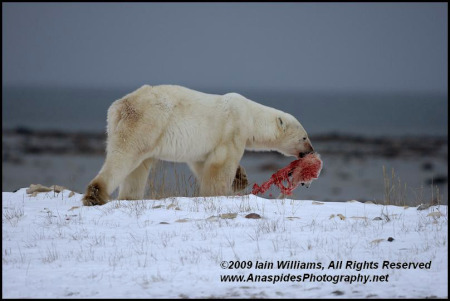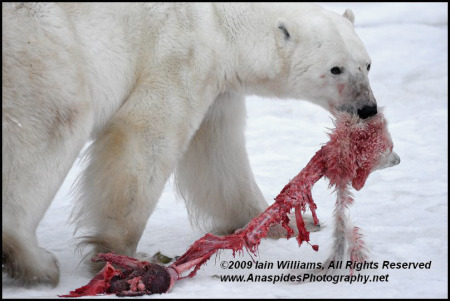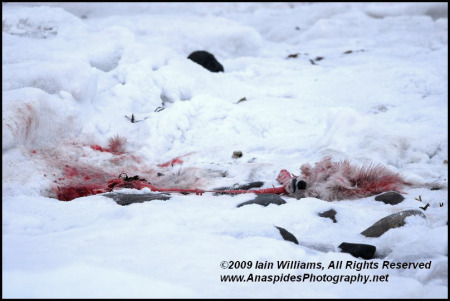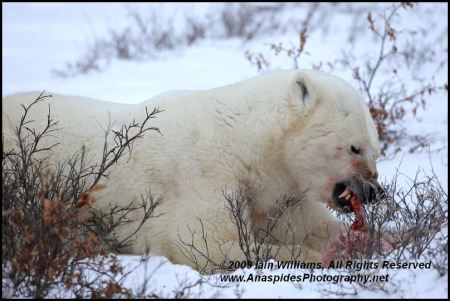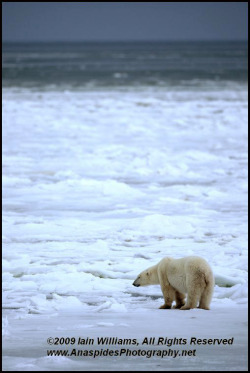China Bound To Receive Photographic Award (Thomson Reuters) - Gold Prize - Environmental Section - Photo Journalism Awards
 Saturday, November 13, 2010 at 12:06AM
Saturday, November 13, 2010 at 12:06AM 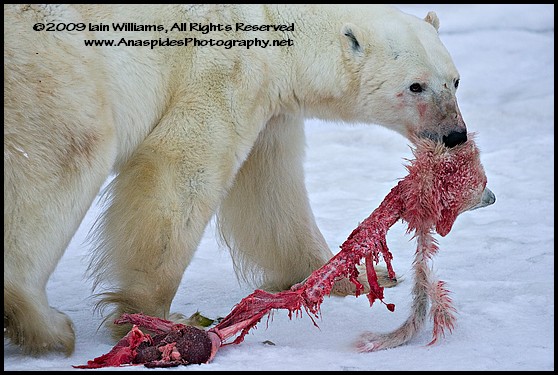 I returned two days ago from a three week diving photographic trip to eastern Indonesia to find an urgent e-mail waiting for me from Thomson Reuters United Kingdom and CHIPP (Chinese International Press Photographers).
I returned two days ago from a three week diving photographic trip to eastern Indonesia to find an urgent e-mail waiting for me from Thomson Reuters United Kingdom and CHIPP (Chinese International Press Photographers).
I had been notified that one of my images of a polar bear had been selected for the gold prize in the environmental section of the photo journalism awards. The e-mail was an invitation to attend, at their expense, the award ceremony in Shanghai, China.
Although The People’s Republic of China is not on my list of 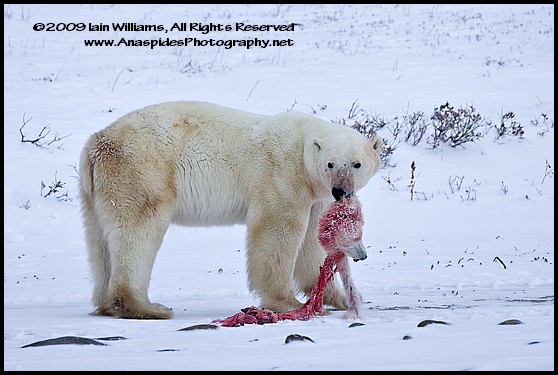 places to visit, I have decided that I will attend the ceremony which is being held on November 18.
places to visit, I have decided that I will attend the ceremony which is being held on November 18.
The photograph selected by CHIPP was of a male polar bear (Ursus maritimus) in the act of consuming a polar bear cub that it had killed earlier. Infanticide and cannibalism occurs throughout the animal world including polar bears. However, what is noteworthy is that the frequency of infanticide in polar bear populations is increasing.
A possible reason for the increase in infanticide is a change in the time of the formation of sea ice. Sea ice is paramount to the polar bear’s survival and the sea ice is forming later each year. Consequently, many polar bears, including mothers with cubs are being corralled into a small geographical area waiting longer for the sea ice to form. During this time the bears are very hungry and the usually solitary apex predators are been forced into close proximity with each other. Once the ice is solid enough the bears disperse and roam out onto the ice in search of their favoured food – the hooded seal.
There is a hypothesis that the increased frequency of infanticide is correlated to the change in global weather patterns and consequently the delay in sea ice formation.
The photograph, which was taken in the Arctic region of Canada last November, has created global interest and in addition to being purchased by several newspapers and used in scientific journals was also purchased by Thomson Reuters for global syndication.
The photograph was entered in a number of photographic competitions and has received the following recommendations:
- Gold prize first place in the Environmental Category – China International Photo Contest (CHIPP)
- Nature picture of the year – PGB Photographic Award (Europe)
- Honourable Mention – National Press Photographers Association
To read an early Blog thread on this topic click here.
I intend to spend a week in China. After I return, I will be in a better position to update this blog regarding my diving in Indonesia.




